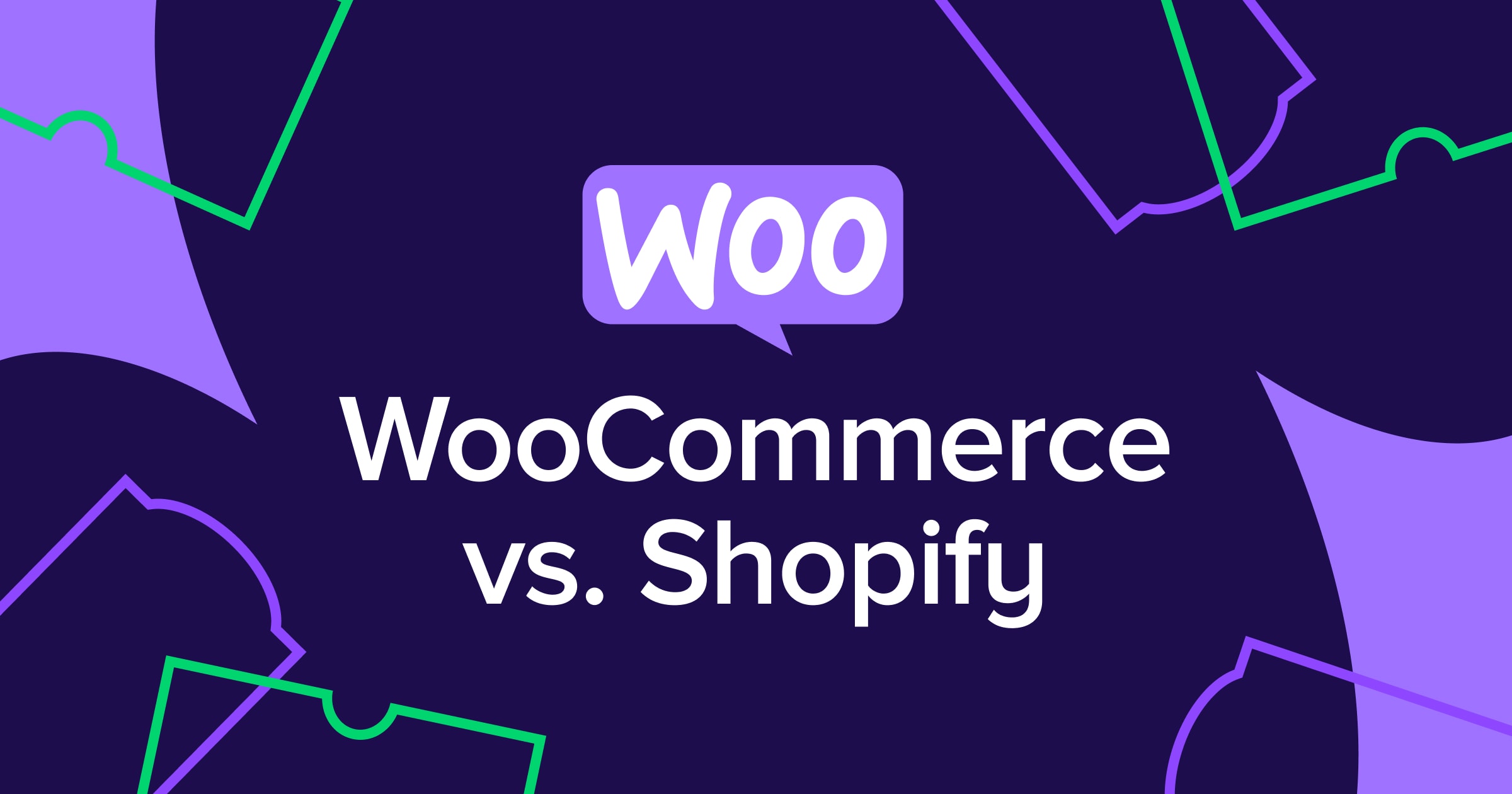Which platform is best for businesses?

This article was contributed by Mitchell Callahan, Founder at Saucal, a website development agency focusing on SMB to enterprise businesses.
The ecommerce decisions you make early on, at pivotal moments during redesigns, adding functionality, or even replatforming, can shape the future of your online business and its success. One of the most important choices is picking the right platform to host your online store. Even as a developer or agency, choosing the right ecommerce platform for your clients significantly impacts their business growth, scalability, and overall user experience.
Two of the most popular options that dominate the ecommerce market are WooCommerce (powering 9.2% of all websites on the internet) and Shopify (powering 4.5% of all websites on the internet).
At Saucal, we live and breathe ecommerce — that’s why we’re here to lay out the facts and tell you what we really think based on our years of hands-on experience. This no-holds-barred comparison between WooCommerce and Shopify will help you cut through the noise and choose the platform that aligns perfectly with your clients’ or personal vision and goals.
WooCommerce and Shopify offer distinct paths to building an online store, each with unique strengths and challenges.
Which platform has a steeper learning curve for developers?
WooCommerce
Launching a WooCommerce store involves installing WordPress, adding the WooCommerce plugin, and configuring your hosting environment. If you’re familiar with WordPress, these steps will feel intuitive. However, the real challenge — and opportunity — lies in the extensive customization capabilities WooCommerce offers, which comes with a slight learning curve if you want to master advanced techniques and coding.
As a developer, WooCommerce gives you the liberty to easily create custom themes and plugins using standard web technologies like PHP, HTML, CSS, and JavaScript. This familiarity allows for a unique ecommerce experience tailored to your client’s specific needs. Whether it’s integrating specific functionalities or optimizing performance, WooCommerce provides you with tools and developer resources to go beyond the basics.
Plus, you’re not tied down to a single hosting provider or plan. You have the liberty to pick and choose the best hosting solution for each project’s requirements (including on-premise hosting). This level of control is perfect for developers who thrive on delivering bespoke, high-performing websites.
Even as a complete beginner, WooCommere’s thousands of free and premium plugins and themes eliminate much of the learning curve if you don’t want to deal with code yourself. And with managed WooCommerce hosting and maintenance services (such as our own at Saucal), the whole process of setting up and up-keeping your WooCommerce store is foolproof, no matter how complicated your requirements are, without you having to lift a finger.
Shopify
At first glance, Shopify has a relatively gentle learning curve. Setting up a Shopify store is like buying a ready-made, user-friendly gadget. The process is designed to be straightforward and hassle-free, making it incredibly easy to get started. Shopify’s intuitive interface means that once you hand over the site, your clients can manage it with ease.
However, for developers looking to customize beyond the basics, Shopify introduces its own set of challenges. The platform uses a proprietary templating language called Liquid for theme customization. While Liquid isn’t overly complex, it’s an additional language that developers must learn, which can be frustrating for those accustomed to working with standard web technologies.
Moreover, Shopify’s simplicity comes at a price. While it’s perfect for quick setups, the platform restricts the level of customization you can achieve without upgrading to higher-tier plans. For developers who are used to having full creative control, these constraints can be annoying and might prevent you from delivering highly unique, tailored solutions without incurring additional costs.
💻 The verdict:
WordPress and WooCommerce cater to everyone’s needs and technical expertise. As a novice, WooCommerce provides various plug-and-play themes and plugins so you can tailor your online business without getting into the nuts and bolts. For developers, the possibilities are even more endless with WordPress development, creating unparalleled control and customization using familiar web technologies.
Shopify, while offering a quick and easy setup process, potentially presents more frustrations for developers in the long run. Its proprietary Liquid language and customization limitations can be annoying for those seeking to create truly unique, tailored solutions. So while it’s easier to get started on Shopify, it may prove more challenging and restrictive for developers as projects grow in complexity.
Hosting requirements across both platforms
WooCommerce
With WooCommerce, developers have to select and manage the hosting environment for each client site. This might seem like an additional task, but it’s an opportunity to tailor the hosting setup to perfectly align with each client’s unique needs and budget.
Choosing the right hosting provider can provide many essential features, including SSL certificates, PCI compliance, security updates, and managed updates.
If taking the reins of your store’s hosting sounds overwhelming to you, web hosting providers have made it easier than ever with managed WooCommerce hosting services. You won’t have to worry about a thing because the hosting providers handle all the technical nitty-gritty aspects.
WordPress.com offers a managed hosting solution specifically optimized for WooCommerce with their Commerce plan. This plan includes:
- Unlimited products and orders, supporting various product types and sales channels.
- Customizable design with exclusive themes and blocks to showcase your products.
- Advanced e-commerce features like abandoned cart emails, automated marketing campaigns, and detailed analytics.
- Integrations with top shipping carriers and payment gateways, supporting 60+ countries.
- 24/7 support from expert Happiness Engineers.
The Commerce plan also expands upon the WooCommerce plugin with a suite of handpicked extensions, streamlined navigation, and automatic updates, allowing you to focus on growing your business rather than managing plugins.
WooCommerce also empowers you to choose a hosting plan from whatever hosting provider you prefer that supports multiple or even unlimited online stores.
For web designers, agencies, and anyone with multiple websites, choosing these hosting plans leads to substantial cost savings compared to individual hosting accounts for each website. You can handle numerous client sites efficiently from a single hosting account and even unlock performance optimization. Whether your client needs to handle high-traffic volumes, manage extensive inventories, or ensure lightning-fast load times, you have the control to scale resources up or down as needed.
This flexibility to adjust hosting resources based on the client’s growth trajectory is invaluable, guaranteeing their site can grow and evolve easily alongside their business.
🤔 Some novice WooCommerce users don’t understand the ins and outs of hosting and pick inadequate hosting that ruins their experience. That’s why a bit of expertise in this area is important, especially for scaling with time.
Shopify
Shopify takes



